Facts about famous myths and the real stories behind them
Myths have been a part of human culture for centuries, weaving tales of heroism, mystery, and the supernatural. These stories often blend fact with fiction, leaving us with intriguing narratives that capture our imagination. From ancient times to modern-day folklore, myths offer a glimpse into the beliefs and fears of past civilizations. They serve not only as entertainment but as a means of understanding the world around us.
The Tale of King Arthur and the Knights of the Round Table
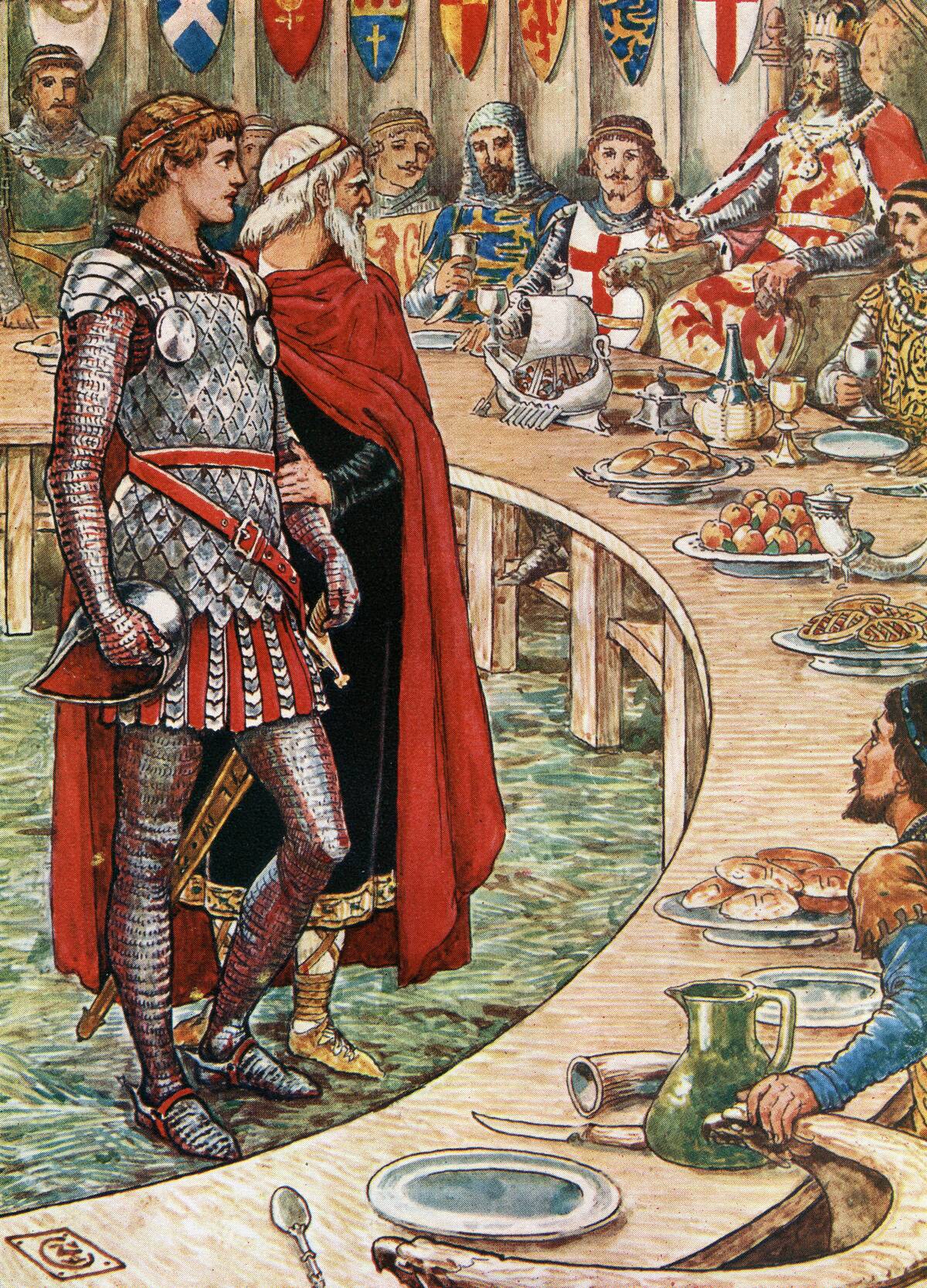
The legend of King Arthur is one of the most enduring tales from medieval literature. Originating in the 5th century, Arthur is said to have been a British leader who defended against Saxon invaders. The Round Table symbolized equality among his knights, including Sir Lancelot and Sir Gawain. While historical evidence of Arthur’s existence is sparse, the legend has grown through works like Geoffrey of Monmouth’s “Historia Regum Britanniae” and Thomas Malory’s “Le Morte d’Arthur.”
The Myth of Atlantis: A Lost City or Pure Fiction?
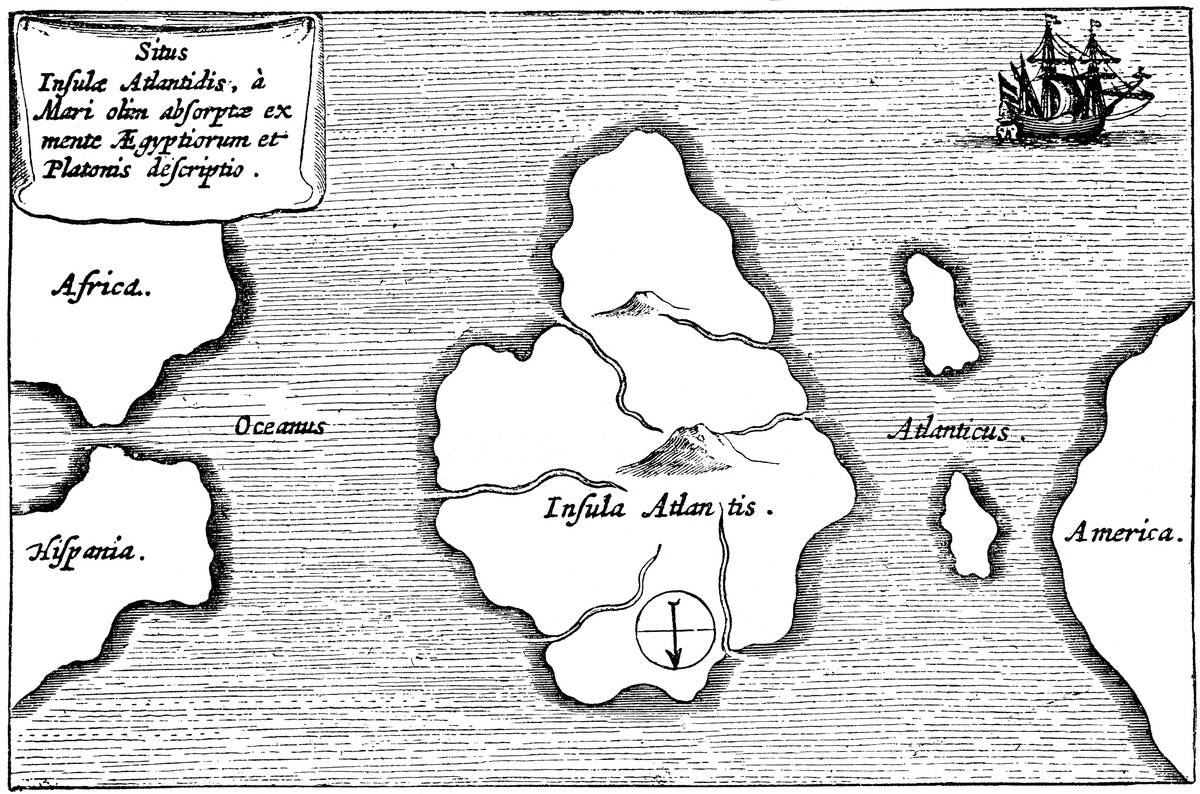
The story of Atlantis originates from the works of Plato, who described it as a powerful and advanced civilization that sank into the ocean. Despite numerous theories and expeditions, no conclusive evidence has been found to prove Atlantis’ existence. Some scholars believe it to be a metaphor for human hubris, while others suggest it might be based on real historical events, such as the Thera eruption that devastated the Minoan civilization.
The Legend of Bigfoot: Fact or Fantasy?
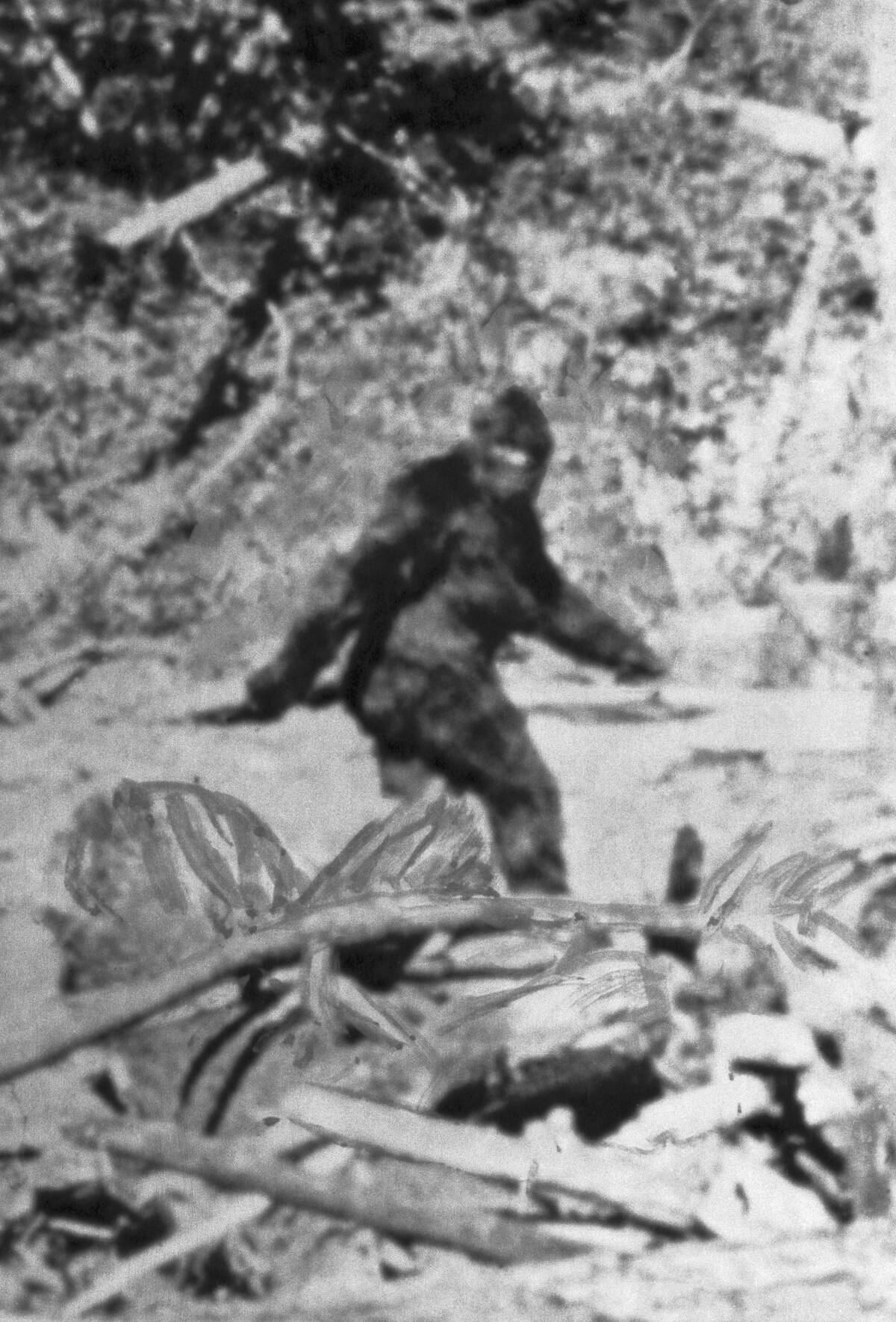
Bigfoot, also known as Sasquatch, is a creature said to roam the forests of North America. Descriptions of Bigfoot vary, but it is commonly depicted as a large, hairy, bipedal humanoid. Reports of sightings date back to the 19th century, yet scientific evidence remains elusive. While some attribute sightings to misidentifications or hoaxes, others continue to search for proof, with organizations like the Bigfoot Field Researchers Organization dedicated to investigating claims.
The Story of Dracula: Unveiling the Real Vlad the Impaler
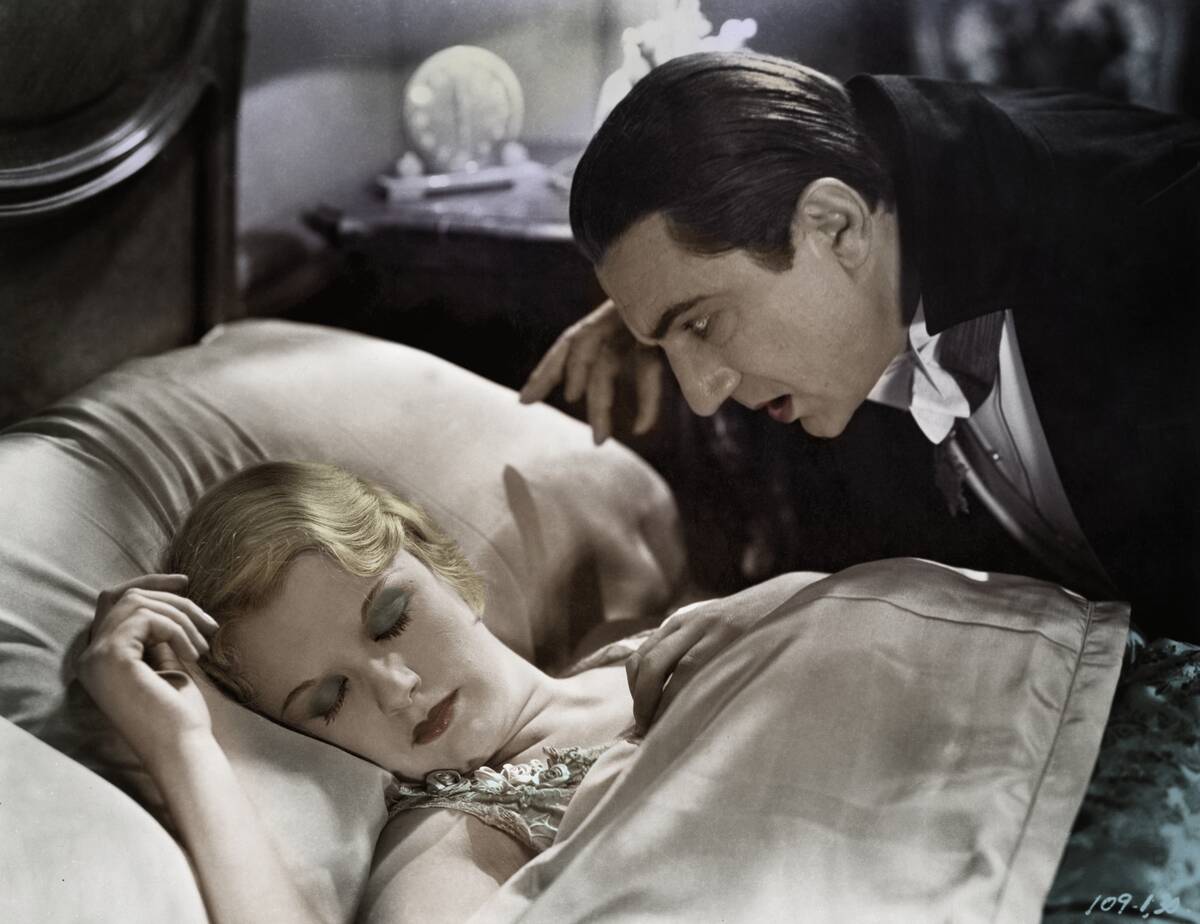
The character of Dracula, immortalized by Bram Stoker’s 1897 novel, was inspired by Vlad the Impaler, a 15th-century prince of Wallachia. Known for his brutal methods of punishing enemies, Vlad earned his moniker through the gruesome practice of impalement. Despite his fearsome reputation, he is regarded by some as a national hero for defending his homeland against the Ottoman Empire. The legend of Dracula has since evolved into a cornerstone of vampire mythology, influencing countless adaptations.
The Mythical Fountain of Youth: Searching for Immortality
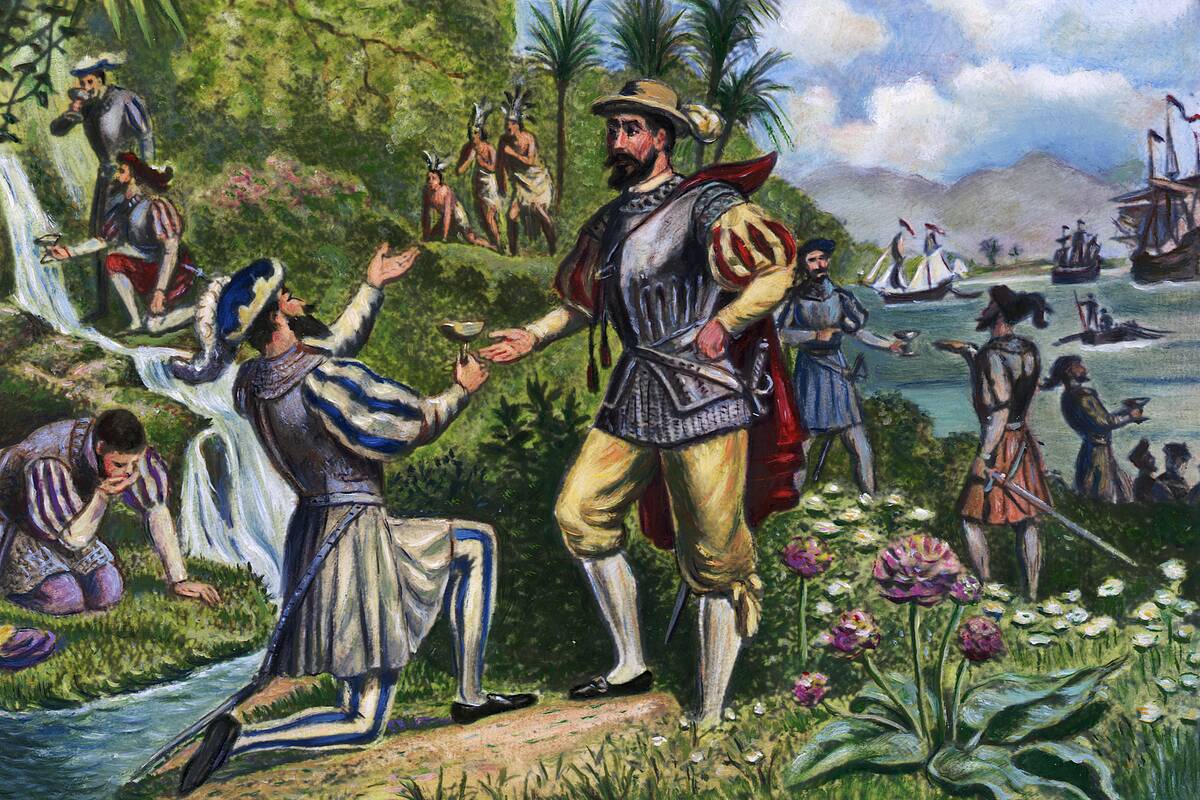
The Fountain of Youth is a legendary spring that supposedly restores the youth of anyone who drinks from or bathes in its waters. Stories of such a fountain have appeared in various cultures, including the quest of Spanish explorer Juan Ponce de León. Despite its allure, the fountain remains a myth, symbolizing humanity’s desire for eternal youth and the lengths to which people will go to achieve it, even if it only exists in legend.
The Loch Ness Monster: Scotland’s Legendary Underwater Beast
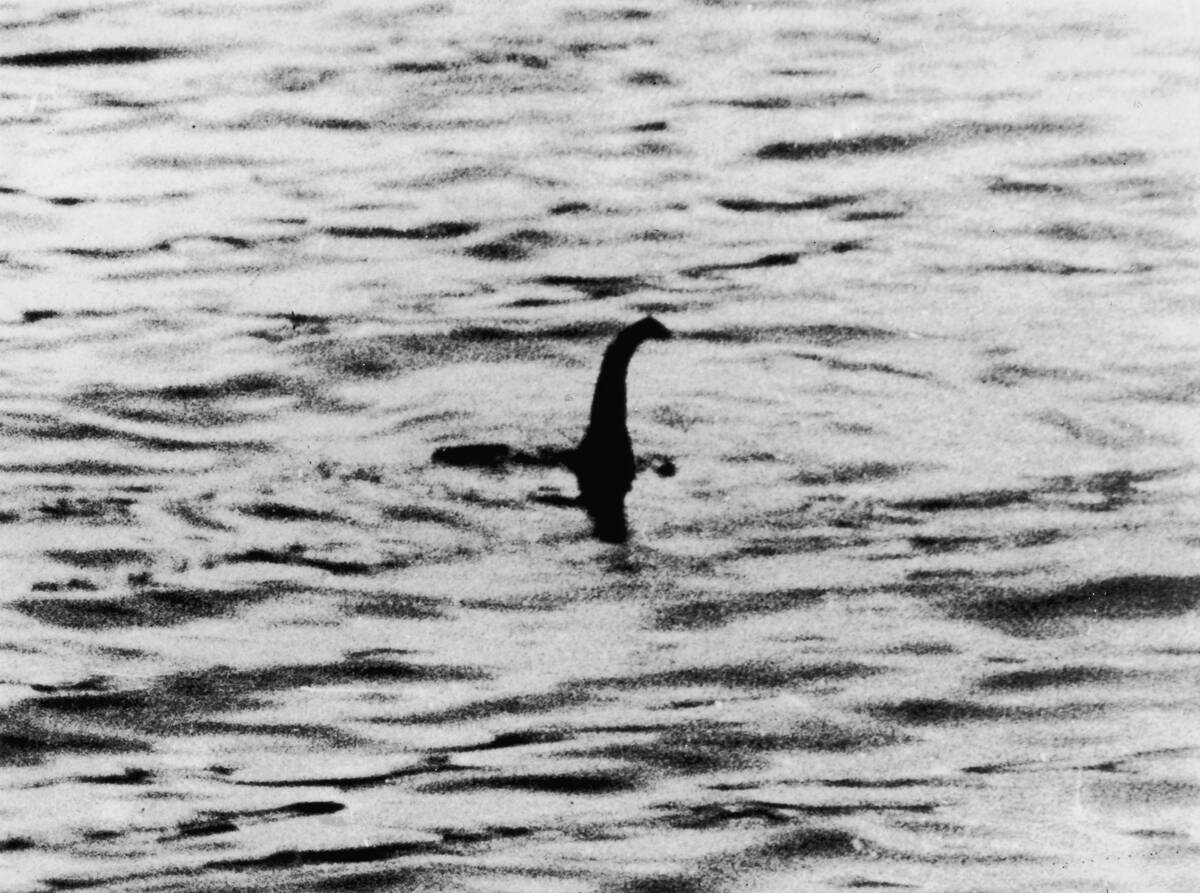
The Loch Ness Monster, affectionately known as “Nessie,” is said to inhabit the depths of Loch Ness in Scotland. Descriptions of Nessie vary, but it is often depicted as a long-necked, plesiosaur-like creature. Sightings date back to the 6th century, with modern interest sparked by a 1933 photograph. Despite sonar explorations and photographic evidence, Nessie’s existence remains unproven, yet she continues to captivate imaginations and draw tourists to the picturesque loch.
Robin Hood: The Truth Behind the Man Who Stole from the Rich
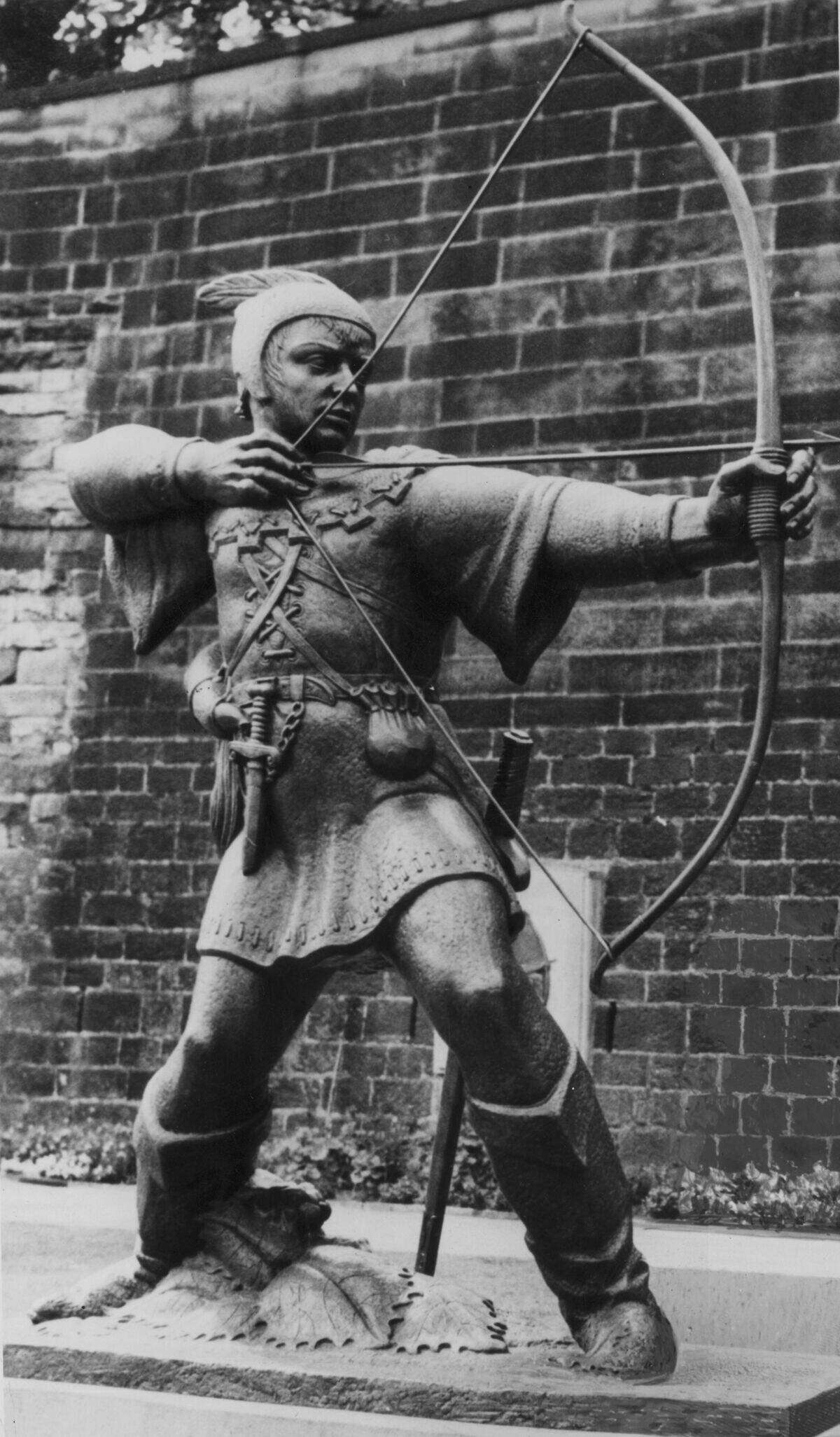
Robin Hood is a legendary hero who, according to folklore, stole from the rich to give to the poor in medieval England. His band of Merry Men, including Little John and Friar Tuck, lived in Sherwood Forest, resisting the tyranny of Prince John and the Sheriff of Nottingham. While Robin Hood’s historical existence is debated, the stories reflect the social injustices of the time and have been adapted into numerous books, films, and TV shows, ensuring his place in popular culture.
The Bermuda Triangle: Mystery of the Vanishing Ships and Planes

The Bermuda Triangle is an area in the Atlantic Ocean bounded by Miami, Bermuda, and Puerto Rico, notorious for mysterious disappearances of ships and planes. The legend gained notoriety in the 20th century with high-profile losses like Flight 19 in 1945. While some attribute these vanishings to paranormal activity or extraterrestrial involvement, skeptics point to natural explanations such as methane hydrates and human error. Despite the mysteries, the Bermuda Triangle remains a fascinating topic of speculation.
The Minotaur’s Labyrinth: Mythical Monster of Ancient Crete
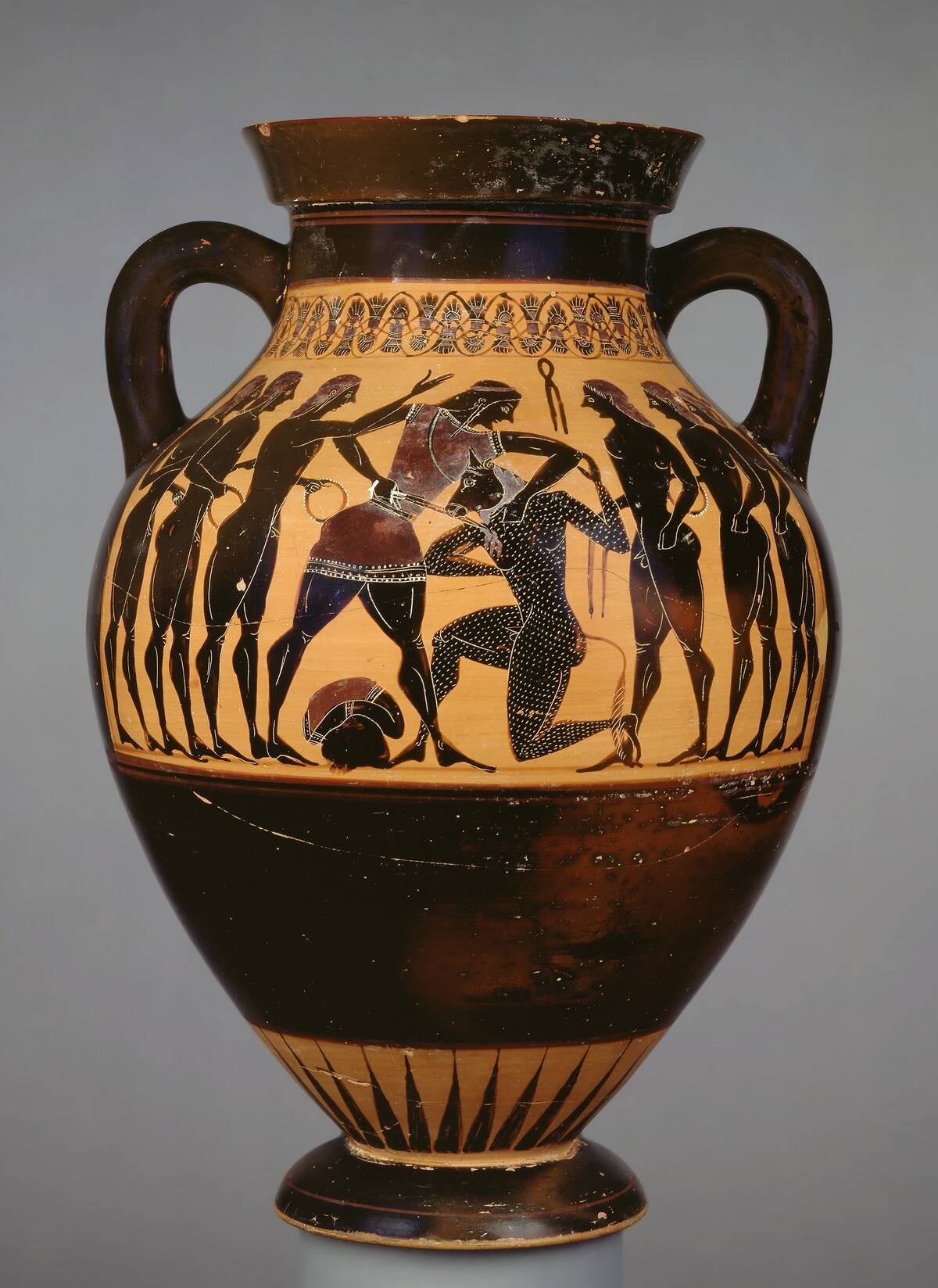
The Minotaur, a creature with the body of a man and the head of a bull, is a central figure in Greek mythology. According to myth, it resided in the Labyrinth, a complex maze on the island of Crete, constructed by Daedalus. The Minotaur was eventually slain by the hero Theseus, who navigated the maze with the help of Ariadne’s thread. The story symbolizes the triumph of human ingenuity over chaos and has been depicted in various art forms throughout history.
Werewolves: Separating Lycanthropy Lore from Reality

Werewolves, humans with the ability to transform into wolves, have been a staple of folklore across Europe. The term “lycanthropy” refers to this mythical condition. Stories of werewolves often involve curses or infectious bites, tying them to witchcraft and superstition. Historical accounts, such as the 16th-century trial of Peter Stumpp, a German farmer accused of being a werewolf, reveal the fear and fascination surrounding these creatures, although modern science dismisses lycanthropy as purely fictional.
The Curse of Tutankhamun’s Tomb: Fact or Superstition?
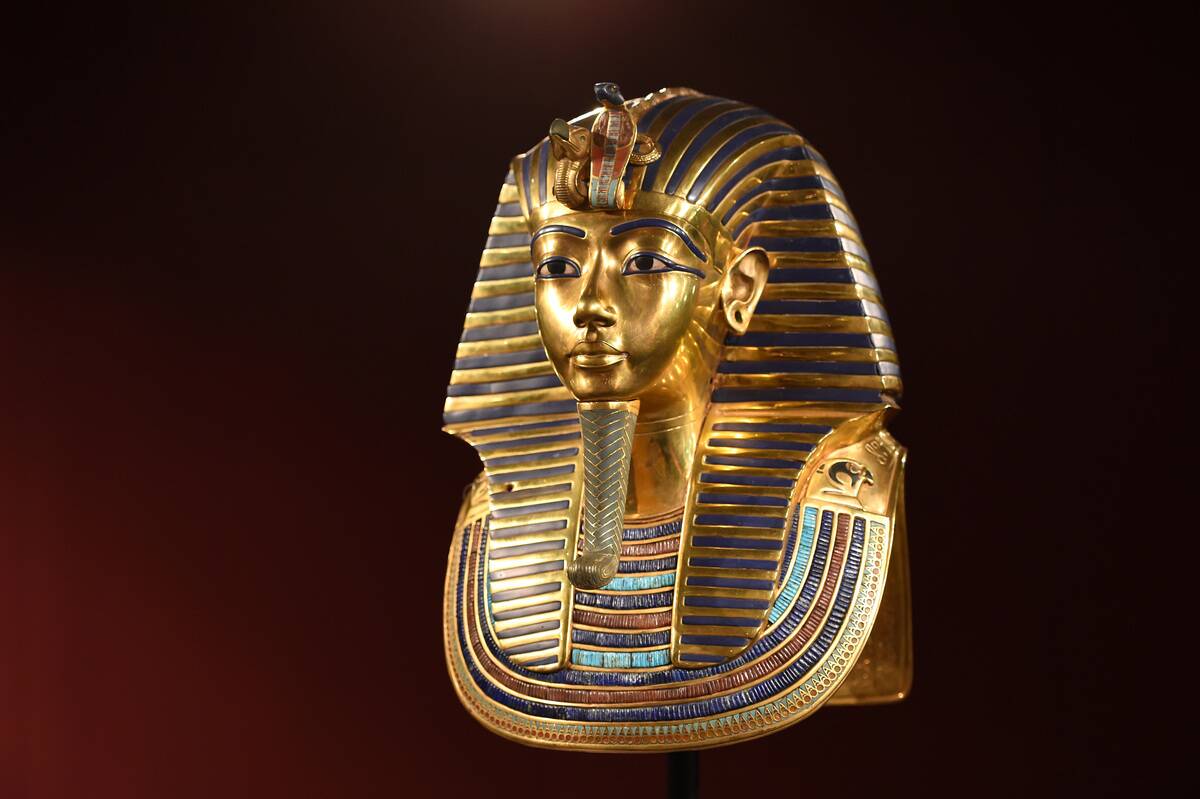
The Curse of Tutankhamun, also known as the Mummy’s Curse, is a myth stemming from the discovery of the young pharaoh’s tomb in 1922 by Howard Carter. Following the excavation, several individuals associated with the tomb’s opening died under mysterious circumstances, leading to rumors of a curse. However, studies have shown that those present lived average lifespans, and the idea of a curse is largely regarded as a sensationalized myth, fueled by media and public intrigue.
El Dorado: The City of Gold That Captured the World’s Imagination
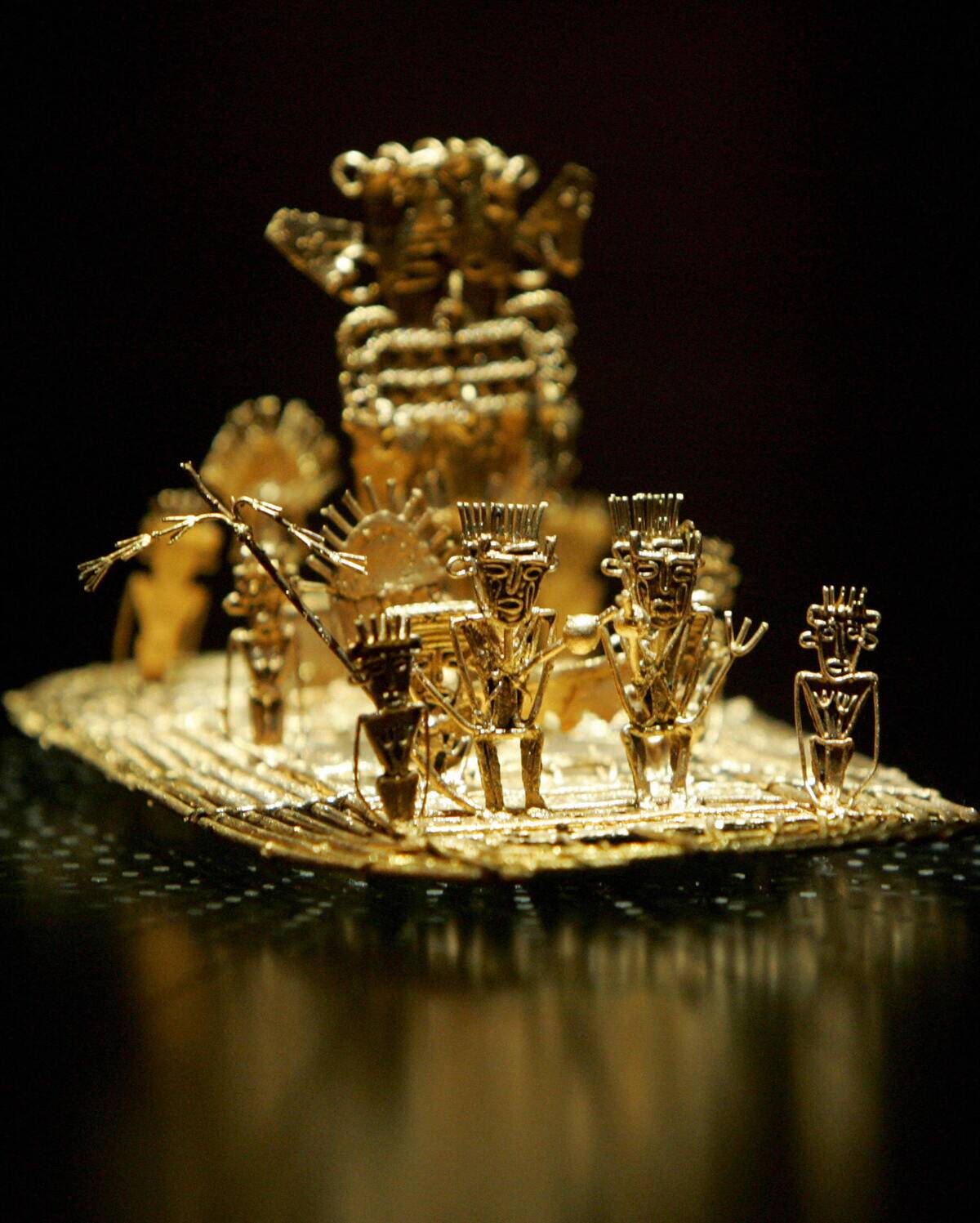
El Dorado, often referred to as a city of gold, is a legend that originated with tales of a wealthy city in the New World, rich beyond imagination. The myth began with indigenous stories of a tribal chief who covered himself in gold dust during ceremonies. Spanish conquistadors searched tirelessly for this city in the 16th century, driven by dreams of immense wealth. Despite numerous expeditions, El Dorado remains elusive, symbolizing the eternal human pursuit of riches and glory.
The Myth and Reality of the Trojan War and the Trojan Horse
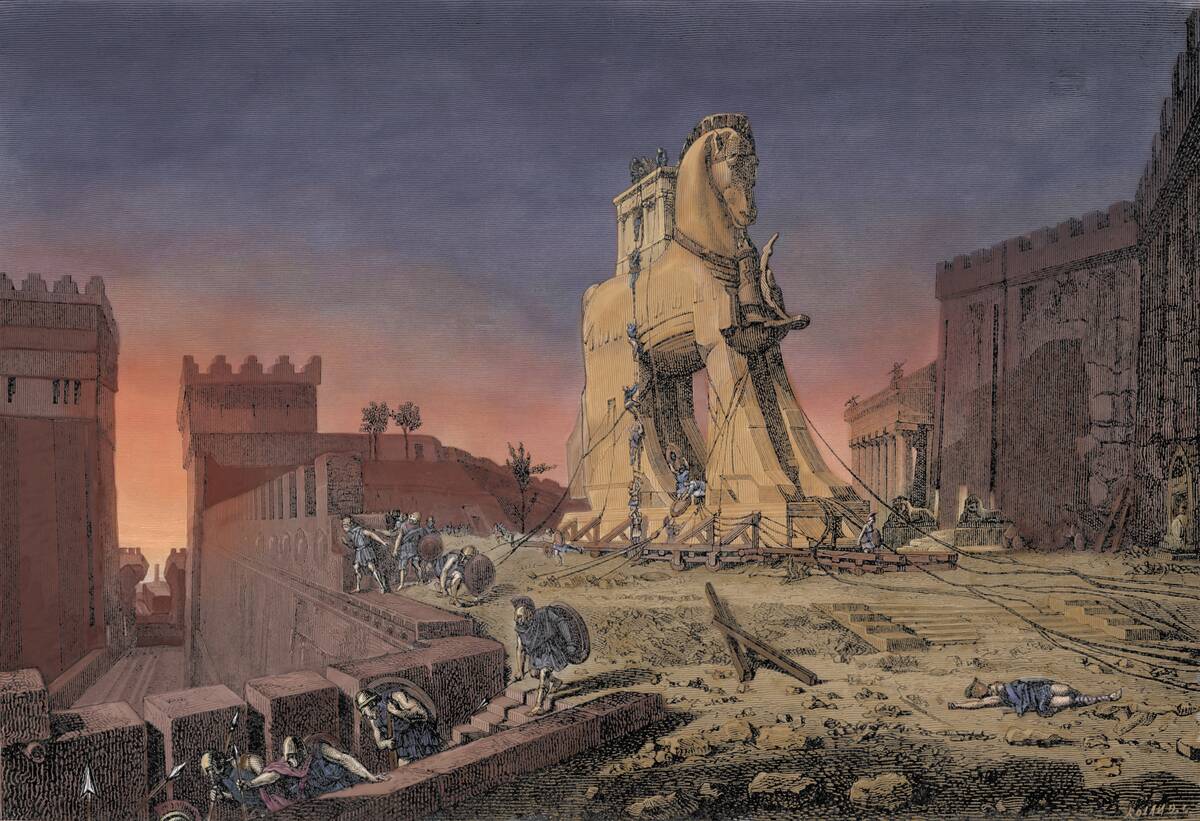
The Trojan War is one of the most famous conflicts in Greek mythology, primarily recounted in Homer’s “Iliad.” The war allegedly began after Paris of Troy abducted Helen, wife of the Spartan king. The Greeks besieged Troy for ten years, culminating in the cunning use of the Trojan Horse to infiltrate the city. While the war’s historicity is debated, archaeological discoveries at Hisarlik suggest a real conflict may have inspired the legend, merging myth with potential historical events.
The Yeti: Legends Surrounding the Abominable Snowman
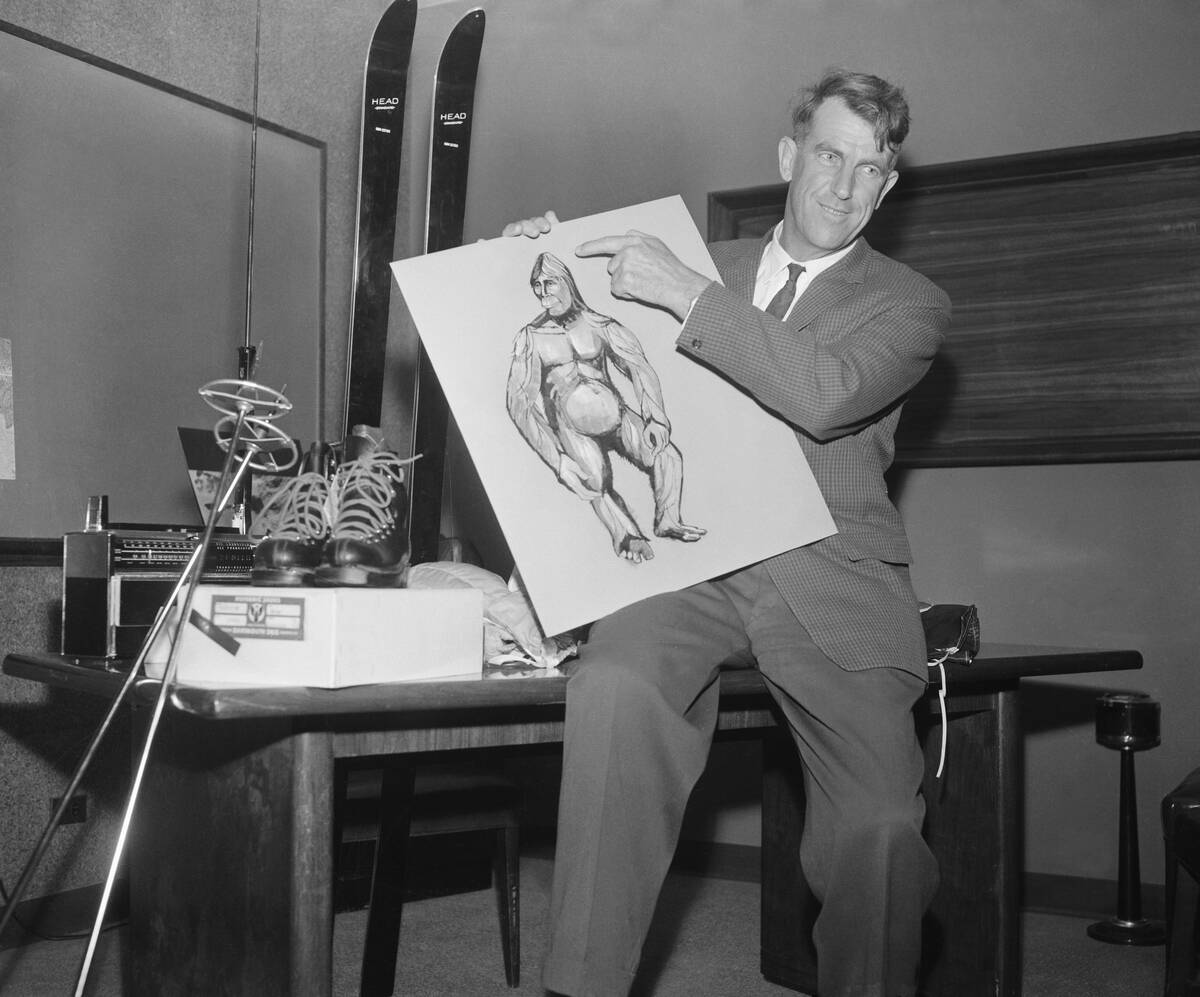
The Yeti, also known as the Abominable Snowman, is a creature said to inhabit the Himalayan mountains. Descriptions of the Yeti vary, but it is typically depicted as a large, apelike being. Reports of Yeti sightings have been documented by locals and explorers alike, with footprints and supposed encounters fueling the legend. Despite numerous expeditions and scientific investigations, conclusive evidence of the Yeti’s existence remains elusive, keeping the creature firmly in the realm of mystery and folklore.
The Phoenix: Mythical Bird of Fire and Rebirth
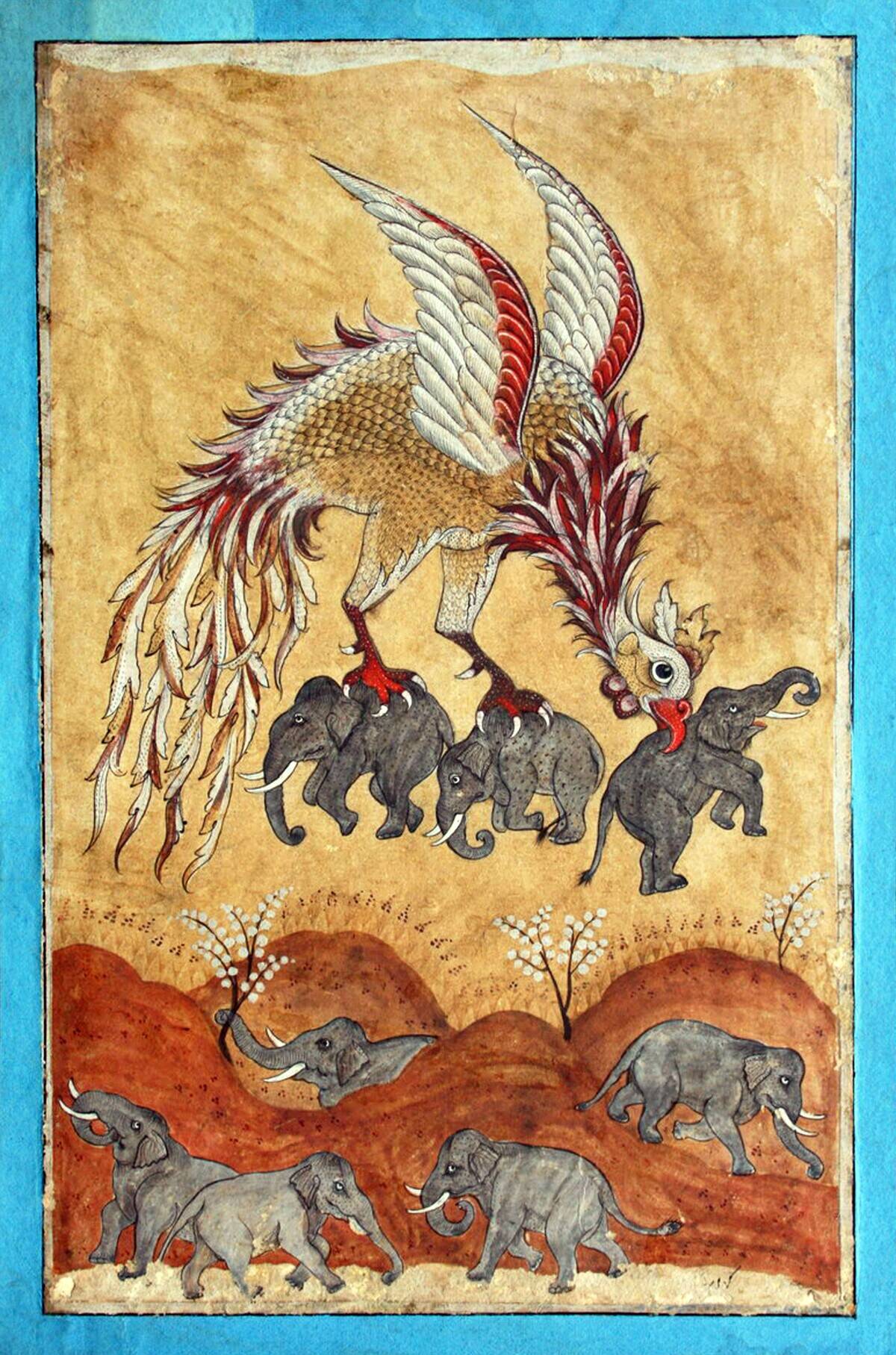
The Phoenix is a mythical bird known for its cycle of death and rebirth, bursting into flames and rising anew from its ashes. With origins in ancient Egyptian and Greek mythology, the Phoenix symbolizes immortality and renewal. It appears in various cultures and literature, including the “Book of the Dead” and Ovid’s “Metamorphoses.” The Phoenix’s tale serves as a powerful metaphor for resilience and the perpetual cycle of life and death, inspiring countless artistic and literary works.
Vampires: Exploring the Origins of Bloodsucking Creatures
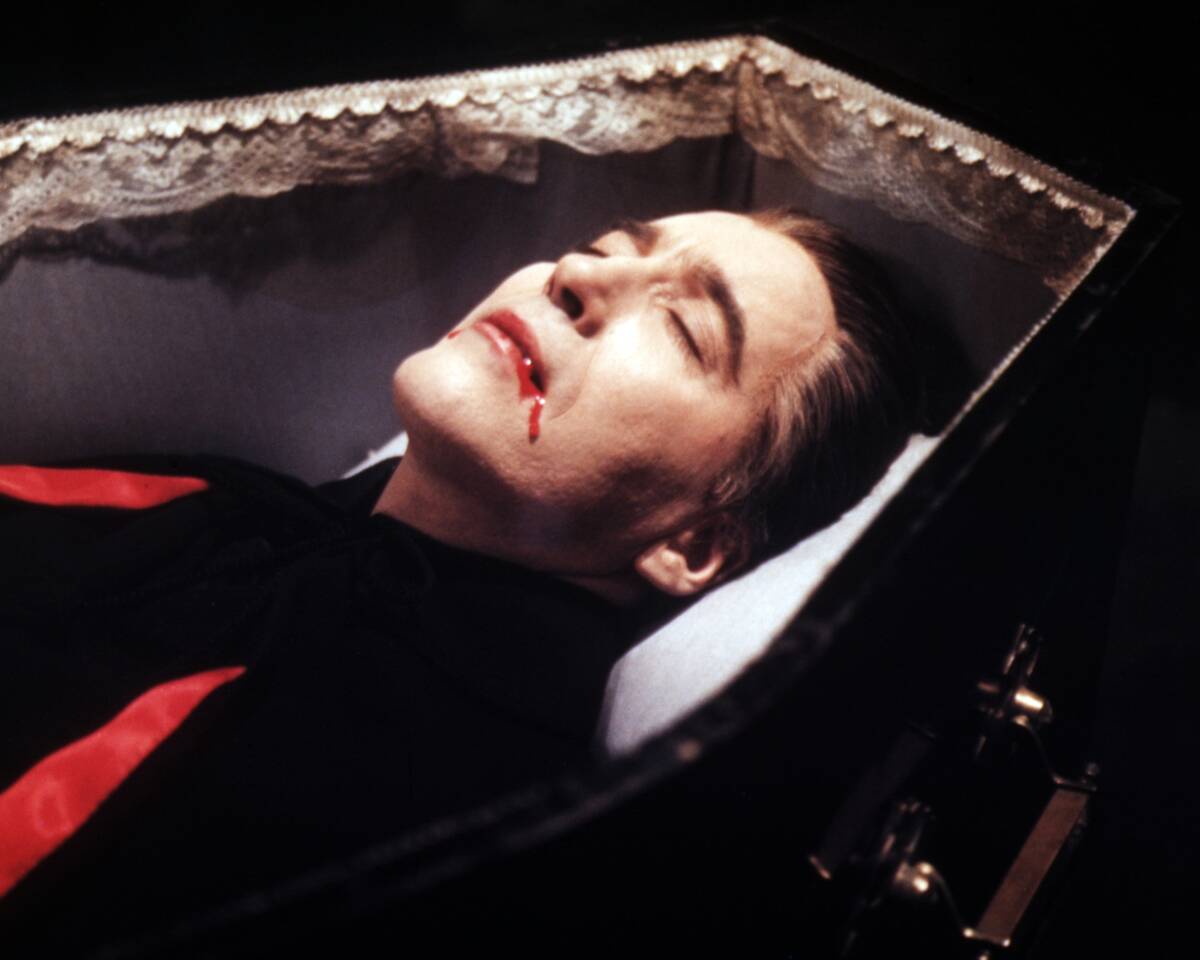
Vampires, the undead beings who sustain themselves on the blood of the living, have fascinated cultures for centuries. Myths of vampires appear in various forms, from the Strigoi of Romanian folklore to the jiangshi of China. These creatures often embody societal fears, such as disease and the unknown. The modern image of the vampire was popularized by Bram Stoker’s “Dracula,” leading to a rich tradition in literature and film, exploring themes of immortality, seduction, and the supernatural.
The Myth of the Kraken: Sea Monster of the Deep
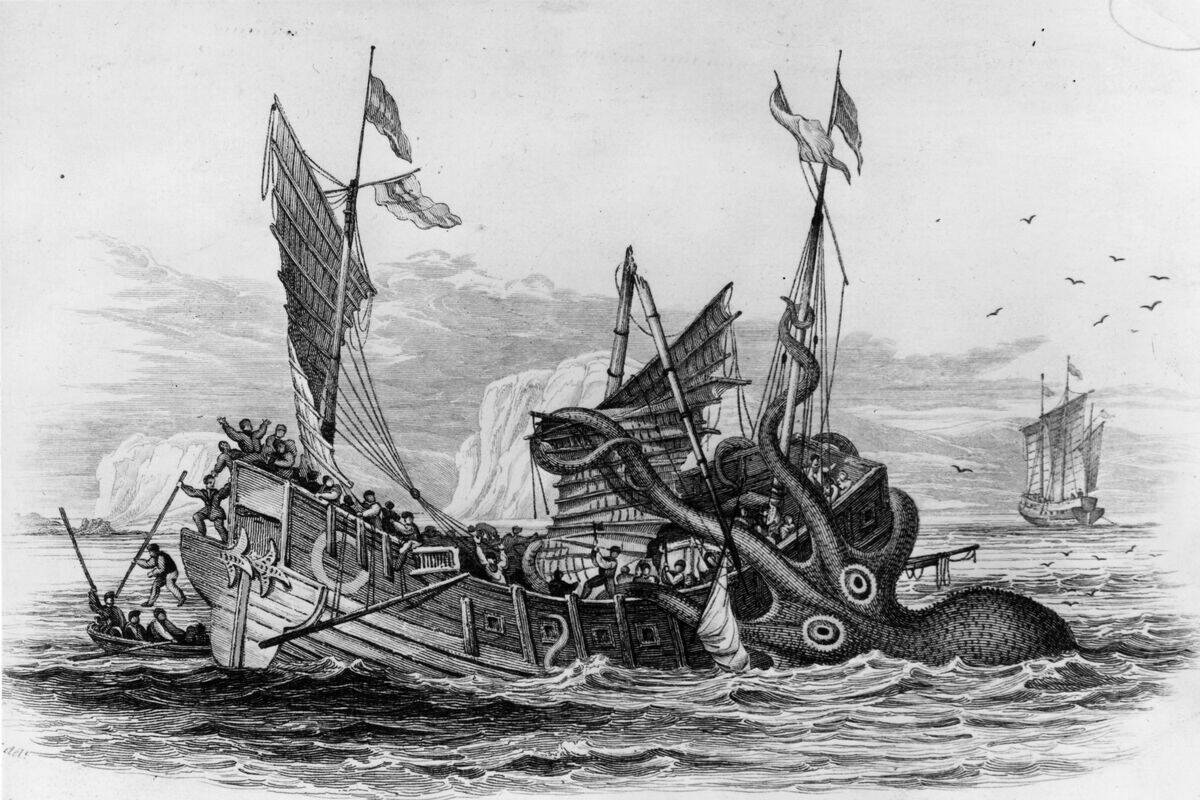
The Kraken is a legendary sea monster believed to dwell off the coasts of Norway and Greenland, terrorizing sailors with its enormous size and strength. The creature is often depicted as a giant squid or octopus, capable of dragging entire ships beneath the waves. Stories of the Kraken date back to the 18th century, likely inspired by sightings of real-life giant squids. Despite its mythical status, the Kraken remains a popular subject in maritime lore and modern media.
Medusa: The Gorgon with a Stare That Turned Men to Stone
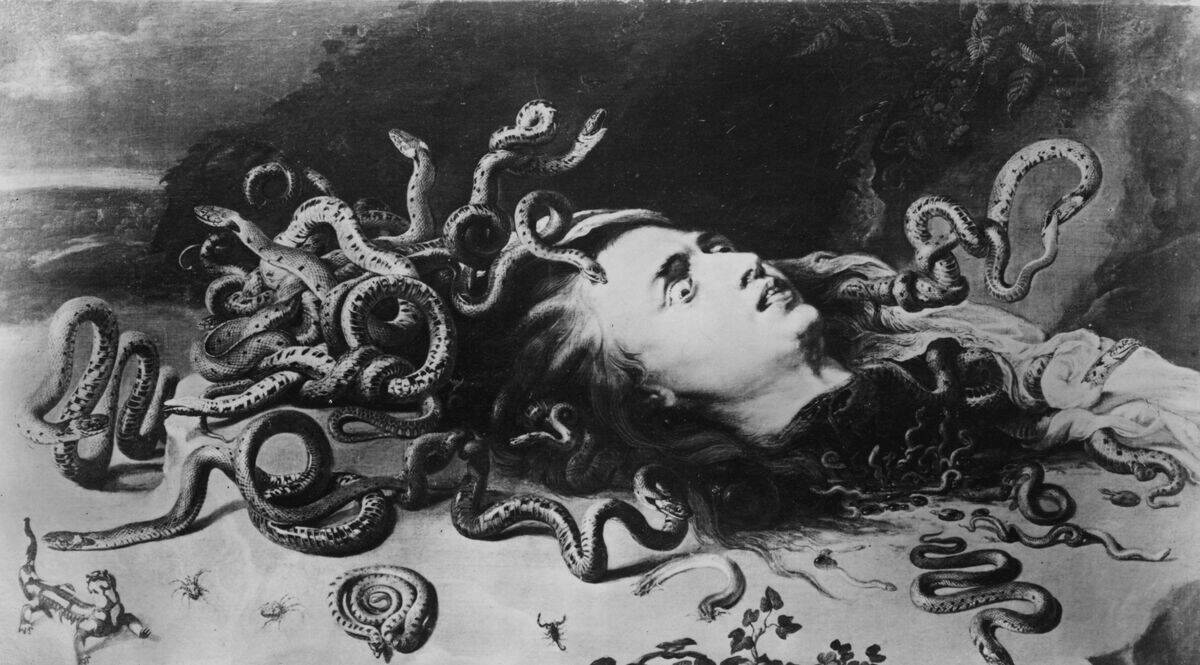
Medusa, one of the three Gorgon sisters in Greek mythology, is famed for her hair of living snakes and her deadly gaze that could turn onlookers to stone. According to myth, she was transformed into this monstrous form by Athena as punishment. Medusa’s story culminates in her beheading by the hero Perseus, who used her head as a weapon. Her tale explores themes of beauty, power, and transformation, continuing to captivate audiences through art and literature.
Chupacabra: The Goatsucker of Urban Legend
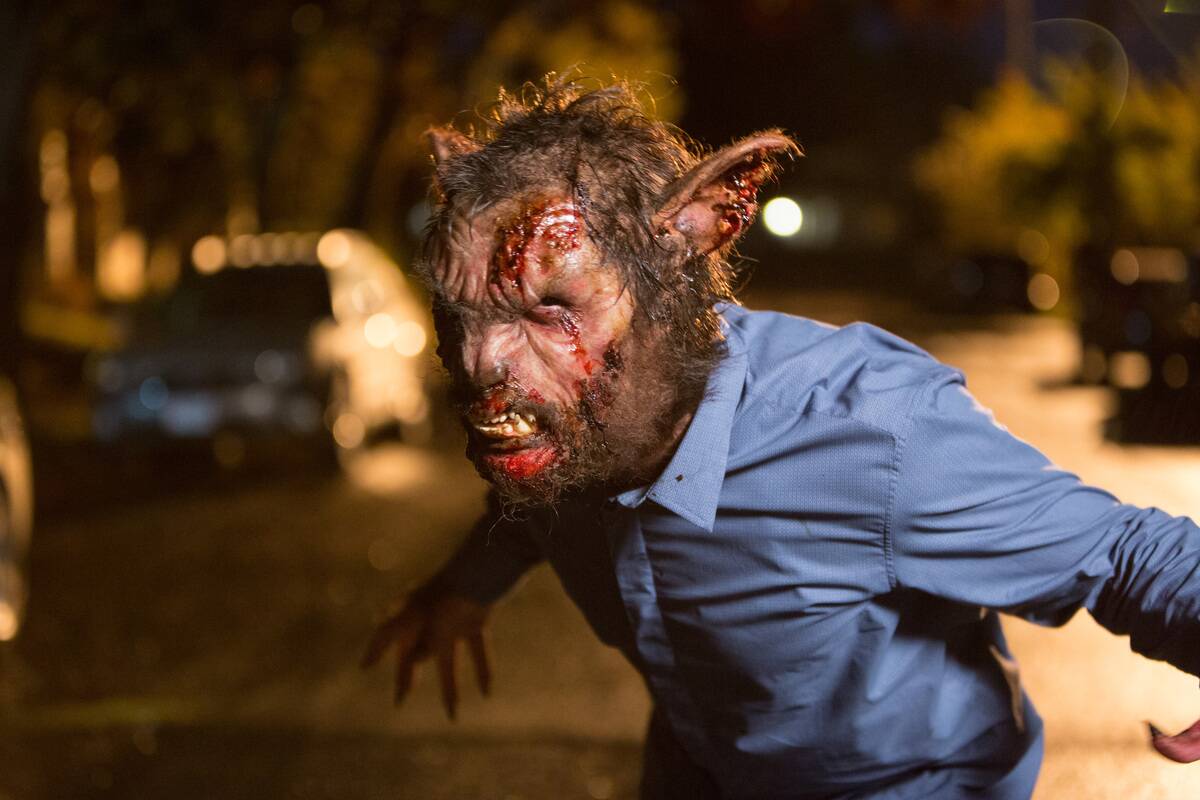
The Chupacabra, or “goatsucker,” is a creature of urban legend said to inhabit parts of the Americas. Descriptions of the Chupacabra vary, with some depicting it as a reptilian creature and others as a hairless canine. Reports of livestock mutilations, particularly goats, are often attributed to the Chupacabra. Despite numerous sightings and investigations, no definitive evidence of its existence has been found. The legend of the Chupacabra highlights human fascination with the unknown and the power of modern folklore.



